

Articles
How Much Power Does A Kegerator Use
Modified: October 21, 2024
Discover the power consumption of a kegerator in this informative article. Learn how much electricity is needed to keep your draft beer flowing.
(Many of the links in this article redirect to a specific reviewed product. Your purchase of these products through affiliate links helps to generate commission for Storables.com, at no extra cost. Learn more)
Introduction
Kegerators have become increasingly popular among beer enthusiasts and homebrewers for their ability to store and serve draft beer at the perfect temperature and carbonation level. While many people appreciate the convenience and enjoyment that a kegerator brings, there is often a concern about its power consumption. How much power does a kegerator actually use? In this article, we will explore the factors affecting power consumption and provide tips for reducing energy usage.
Key Takeaways:
- Enjoy draft beer at home with a kegerator while minimizing power usage by optimizing temperature settings, regular maintenance, and efficient keg organization.
- Reduce energy consumption by choosing an energy-efficient kegerator, practicing energy-saving habits, and investing in models with features like LED lighting and high-efficiency cooling systems.
Read more: How Much Power Does A Dehumidifier Use
What is a Kegerator?
A kegerator is essentially a refrigerator that has been modified or designed specifically for storing and dispensing beer in kegs. It is equipped with a draft system and CO2 tank, allowing you to pour a perfect pint of beer at home, just like you would get at a restaurant or bar.
Kegerators come in various sizes and styles, ranging from compact countertop models to larger freestanding units. They typically have a cooling mechanism, such as a compressor or thermoelectric system, to maintain the desired temperature for storing draft beer. Most kegerators also have temperature controls, allowing beer enthusiasts to adjust the temperature based on the type of beer they are storing.
In addition to the cooling system, a kegerator is also equipped with a dispensing system. This usually includes a tap tower or faucet connected to a beer line, which extends into the keg. A CO2 tank is used to pressurize the keg and push the beer out of the tap, ensuring a smooth and carbonated pour.
Kegerators offer several advantages for beer lovers. First and foremost, they provide a convenient and cost-effective way to have draft beer at home. Instead of buying individual bottles or cans, you can purchase kegs of your favorite beer and enjoy it on tap whenever you want. This not only saves money in the long run but also reduces packaging waste.
Furthermore, kegerators allow you to have more control over your beer-drinking experience. You can pour a beer with the perfect amount of carbonation and at the ideal serving temperature. This enhances the flavor and aroma of the beer, providing a more enjoyable drinking experience.
Now that we have a basic understanding of what a kegerator is, let’s dive into how it works and the factors that affect its power consumption.
How Does a Kegerator Work?
Understanding how a kegerator works is essential to grasp its power consumption. Let’s break it down step by step:
1. Cooling System: The cooling system in a kegerator is responsible for maintaining the desired temperature for your beer. Most kegerators use a compressor-based cooling system, similar to what you find in a regular refrigerator. The compressor circulates refrigerant through coils, cooling the internal space. Some kegerators use a thermoelectric cooling system, which utilizes the Peltier effect to transfer heat from inside the kegerator to the outside.
2. Temperature Control: Kegerators are equipped with temperature controls that allow you to set and regulate the internal temperature. This ensures that your beer is stored at the optimal temperature based on the style of beer you are serving. Different beer styles have different temperature requirements, and the ability to adjust the temperature allows you to create the perfect serving conditions.
3. CO2 System: The CO2 system is a crucial component of a kegerator. It consists of a CO2 tank, regulator, and beer lines. The CO2 tank is filled with carbon dioxide gas, which is used to pressurize the keg. The regulator controls the pressure and regulates the flow of CO2 into the keg. When you open the tap, the pressurized CO2 pushes the beer out of the keg and through the beer lines, resulting in a smooth and carbonated pour.
4. Cleaning System: Kegerators often have a cleaning system in place to ensure that the beer lines and faucet remain clean and free from any build-up or contaminants. Regular cleaning is essential to maintain the quality and taste of the beer.
Now that we have covered the basic workings of a kegerator, let’s explore the various factors that can impact its power consumption.
Factors Affecting Power Consumption
Several factors contribute to the power consumption of a kegerator. Understanding these factors can help you estimate the energy usage and make informed decisions about optimizing efficiency. Here are the key factors to consider:
1. Size and Insulation: The size of the kegerator and the quality of its insulation play a significant role in power consumption. Larger kegerators require more energy to cool the internal space, while thick insulation helps retain the cold temperature and reduce the workload on the cooling system.
2. Temperature Setting: The temperature at which you set your kegerator will impact its energy usage. Lowering the temperature too much will cause the cooling system to work harder and consume more power. It is advisable to set the temperature to the recommended range for your beer style to balance energy efficiency and proper beer storage.
3. Ambient Temperature: The ambient temperature of the environment in which the kegerator is placed can affect its power consumption. If the surrounding temperature is high, the cooling system needs to work harder to maintain the desired temperature, leading to increased energy usage.
4. Frequency of Door Opening: Every time you open the door of the kegerator, warm air enters the unit, and the cooling system needs to compensate by working harder to bring the temperature back down. Minimizing the frequency and duration of door opening can help reduce energy consumption.
5. Maintenance and Cleaning: Regular maintenance and cleaning of the kegerator can significantly impact its power consumption. Dust or debris accumulation on the coils can hinder the cooling process and increase energy usage. Similarly, a clogged or dirty beer line can lead to inefficient dispensing, causing the cooling system to work harder.
6. External Factors: Other external factors, such as the quality of the electrical supply, voltage fluctuations, and the efficiency of the cooling system components, can also affect power consumption. It is advisable to use a stable power source and ensure the kegerator is properly maintained to optimize energy efficiency.
By considering these factors, you can make informed decisions about how to manage the power consumption of your kegerator effectively. In the next section, we will explore the average power usage of a kegerator to give you a better understanding of its energy needs.
Consider investing in an energy-efficient kegerator to minimize power usage. Look for models with high insulation, LED lighting, and energy-saving features to reduce electricity consumption.
Average Power Usage of a Kegerator
The power usage of a kegerator can vary depending on several factors, including its size, cooling system, insulation, and usage patterns. While there is no one-size-fits-all answer, we can provide an estimate of the average power consumption to give you an idea of what to expect.
On average, a standard-sized kegerator with a compressor-based cooling system consumes around 200 to 400 kilowatt-hours (kWh) of electricity per year. This estimate assumes that the kegerator is running continuously and is set to an average operating temperature.
To put it into perspective, this energy consumption is comparable to running a small-to-medium-sized refrigerator or other similar household appliances. However, it’s important to note that actual power usage can vary depending on the specific model, usage patterns, and environmental conditions.
Certain kegerators, such as those with energy-efficient features or thermoelectric cooling systems, may consume slightly less power. These units typically have lower wattage and are designed to be more energy-efficient, reducing their impact on your electricity bill.
It’s worth mentioning that power usage may also increase if you frequently open and close the kegerator door, place the unit in a hot environment, or set the temperature to extremely low levels. Being mindful of these factors can help optimize energy consumption.
If you are concerned about the power usage of your kegerator, you can consider investing in an energy-efficient model, implementing energy-saving practices, or utilizing smart power strips to regulate power supply to the unit. These measures can help reduce energy consumption and minimize the impact on your electricity bill.
In the next section, we will delve into some factors to consider for energy efficiency when using a kegerator.
Read more: How Much Power Does Dryer Use
Factors to Consider for Energy Efficiency
When using a kegerator, there are several factors to consider to optimize energy efficiency. By being mindful of these factors, you can reduce your power consumption and lower your electricity bills. Here are some key considerations:
1. Size and Insulation: Choosing a kegerator with an appropriate size for your needs can help minimize energy usage. A smaller unit will require less power to cool and maintain the desired temperature. Additionally, look for a kegerator with good insulation to prevent temperature fluctuations and reduce the workload on the cooling system.
2. Temperature Setting: Setting the kegerator to the recommended temperature range for the style of beer you’re storing is essential. Lowering the temperature beyond the necessary level will only increase energy consumption without any significant benefits. Be mindful of the temperature settings to strike a balance between proper beer storage and energy efficiency.
3. Placement and Ambient Temperature: Where you place the kegerator can have an impact on energy usage. Avoid placing it in direct sunlight or near heat sources, as this can cause the cooling system to work harder. Additionally, ensure adequate ventilation around the unit to facilitate proper heat dissipation. Be mindful of the ambient temperature of the room and take steps to minimize temperature fluctuations.
4. Regular Maintenance: Regular maintenance and cleaning of the kegerator is crucial for its energy efficiency. Dust accumulation on the condenser coils can restrict airflow and hinder the cooling process, leading to higher energy consumption. Clean the coils periodically and remove any debris or dust that may have accumulated. Additionally, clean the beer lines and faucet to ensure smooth dispensing and reduce strain on the cooling system.
5. Minimize Door Opening: Every time you open the kegerator door, warm air enters the unit, causing the cooling system to work harder to bring the temperature back down. Minimize the frequency and duration of door opening to reduce energy consumption. Consider planning in advance and retrieving everything you need in a single visit to the kegerator.
6. Energy-Efficient Models: If you’re in the market for a new kegerator, consider investing in an energy-efficient model. Look for units with energy-saving features, such as LED lighting, programmable temperature settings, or high-efficiency cooling systems. These units are designed to consume less power while still delivering optimal performance.
By considering these factors and implementing energy-efficient practices, you can significantly reduce the power consumption of your kegerator and contribute to a more sustainable environment. In the next section, we will provide some practical tips for further reducing power usage.
Tips for Reducing Power Usage
Reducing power usage can help lower your electricity bills and minimize the environmental impact of your kegerator. Here are some practical tips to help you optimize energy efficiency:
1. Set the Temperature Wisely: Adjust the temperature of your kegerator to the recommended range for the style of beer you are storing. Avoid unnecessarily low temperatures as this will consume more energy. Regularly check and adjust the temperature settings as needed.
2. Optimize Placement: Place your kegerator in a location that is away from direct sunlight and heat sources. This will reduce the workload on the cooling system and help maintain a more consistent temperature. Proper ventilation around the unit is essential to facilitate heat dissipation and improve energy efficiency.
3. Clean and Maintain Regularly: Regularly clean the condenser coils and remove any dust or debris that may have accumulated. This will improve the airflow and heat exchange, allowing the cooling system to operate more efficiently. Clean the beer lines and faucet to ensure smooth dispensing and reduce strain on the cooling system.
4. Minimize Door Opening: Every time you open the kegerator door, warm air enters, and the cooling system has to work harder to bring the temperature back down. Minimize the frequency and duration of door opening by retrieving everything you need in a single visit. Consider using transparent or glass door kegerators, allowing you to see the contents without opening the door.
5. Practice Efficient Keg Organization: Organize your kegerator efficiently to minimize the need to move or shuffle kegs frequently. This reduces the amount of cold air that escapes when accessing different kegs, leading to lower energy consumption.
6. Use Energy-Saving Features: If your kegerator has energy-saving features such as programmable timers or temperature controls, take advantage of them. Set the kegerator to lower power settings during periods of low usage or when you are away to conserve energy.
7. Insulate the Kegerator: Consider insulating the kegerator to improve its energy efficiency. You can add additional insulation material to the walls or door to reduce temperature fluctuations and minimize the workload on the cooling system.
8. Invest in Energy-Efficient Models: If you’re in the market for a new kegerator, look for models that are specifically designed to be energy-efficient. These units often have features like LED lighting, improved insulation, and energy-saving cooling systems, which help reduce power consumption.
By following these tips, you can significantly reduce the power usage of your kegerator while still enjoying the benefits of having draft beer at home. Remember that energy efficiency is a continuous effort, so make it a habit to practice these energy-saving measures consistently.
Conclusion
Kegerators provide a convenient and enjoyable way to store and serve draft beer at home. While concerns about power consumption may arise, understanding the factors influencing energy usage can help you optimize efficiency and minimize your environmental footprint. By considering the size, insulation, temperature settings, and placement of your kegerator, you can effectively manage its power consumption.
Regular maintenance, such as cleaning the condenser coils and beer lines, is essential to ensure optimal performance and reduce energy consumption. Additionally, practicing energy-saving habits like minimizing door opening and organizing kegs efficiently can further enhance efficiency.
Investing in an energy-efficient kegerator model equipped with features like LED lighting, programmable timers, and high-efficiency cooling systems can also contribute to lower power consumption.
By following the tips provided in this article, you can reduce the power usage of your kegerator without compromising the quality of your draft beer experience. With proper energy management, you can enjoy your favorite beers on tap while being mindful of your electricity consumption and the environmental impact.
So, go ahead and raise a glass to a well-chilled and energy-efficient kegerator. Cheers!
Frequently Asked Questions about How Much Power Does A Kegerator Use
Was this page helpful?
At Storables.com, we guarantee accurate and reliable information. Our content, validated by Expert Board Contributors, is crafted following stringent Editorial Policies. We're committed to providing you with well-researched, expert-backed insights for all your informational needs.
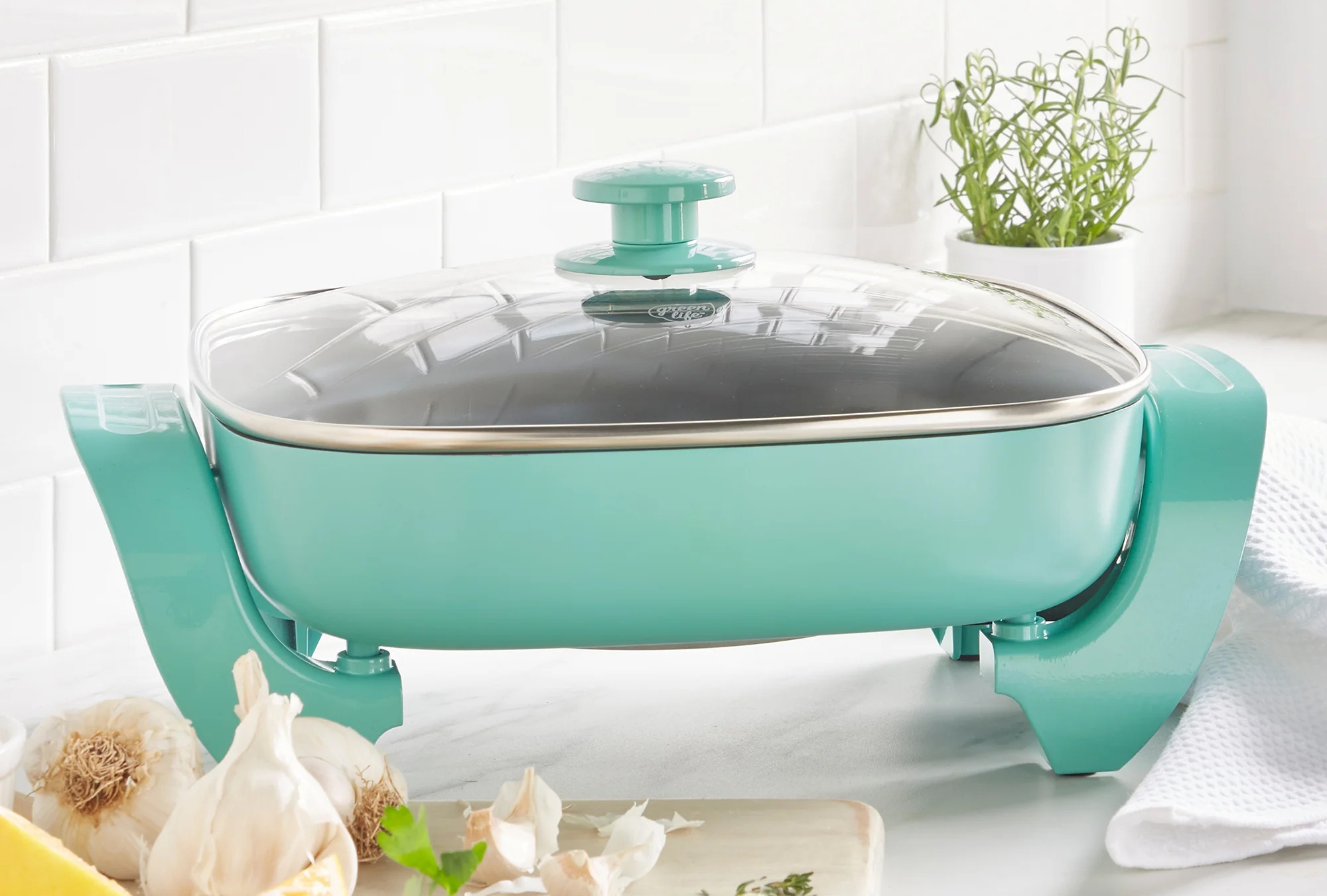
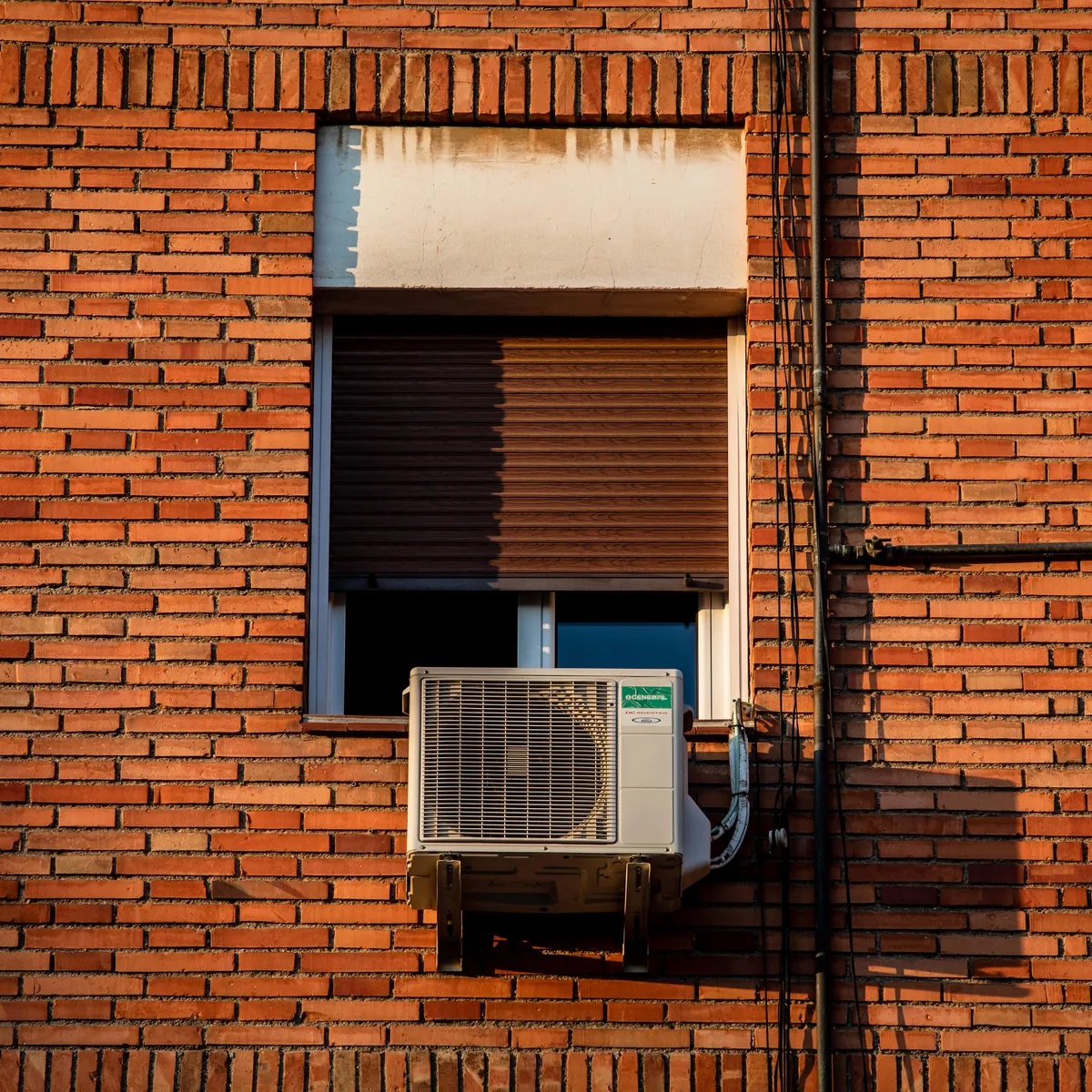
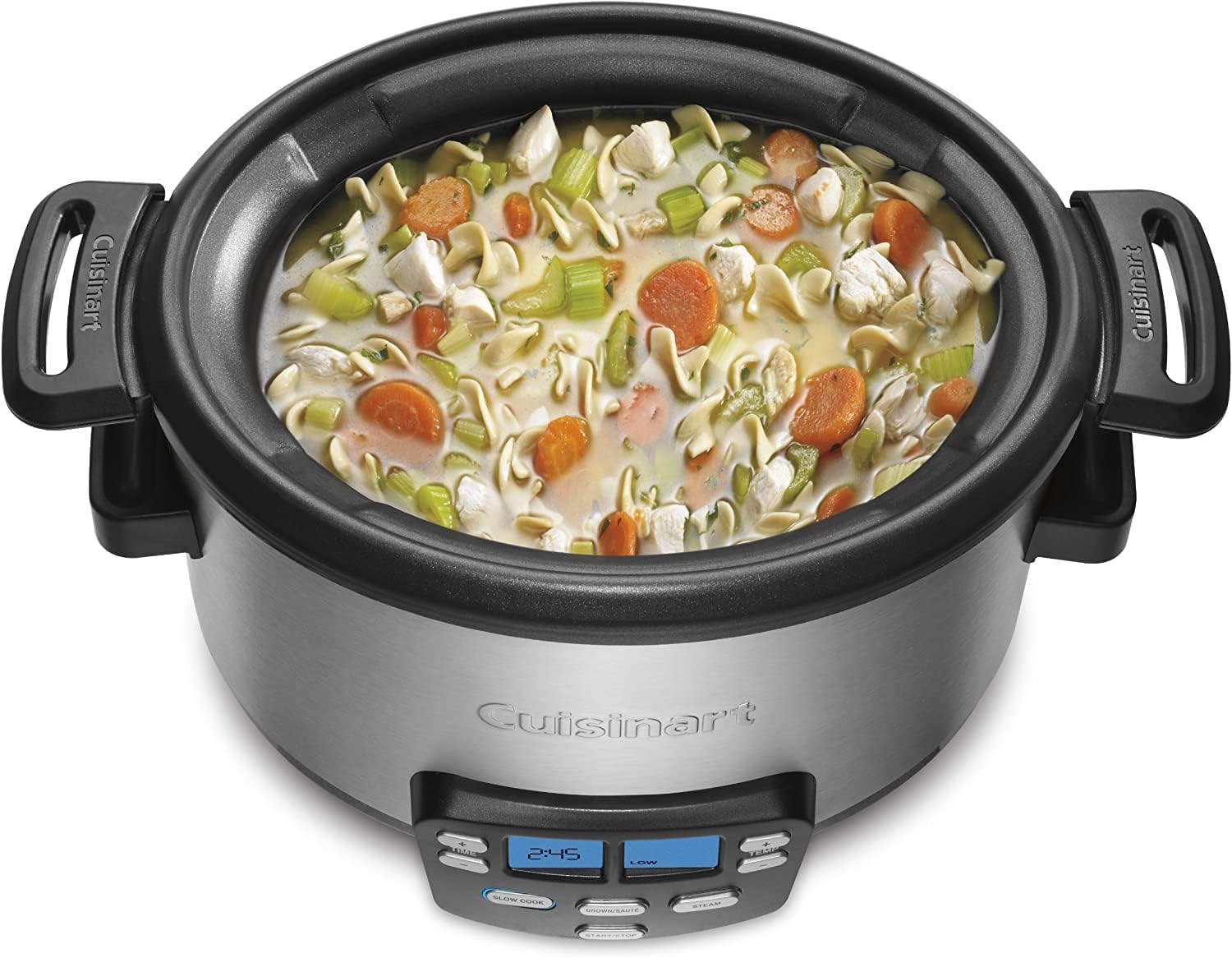
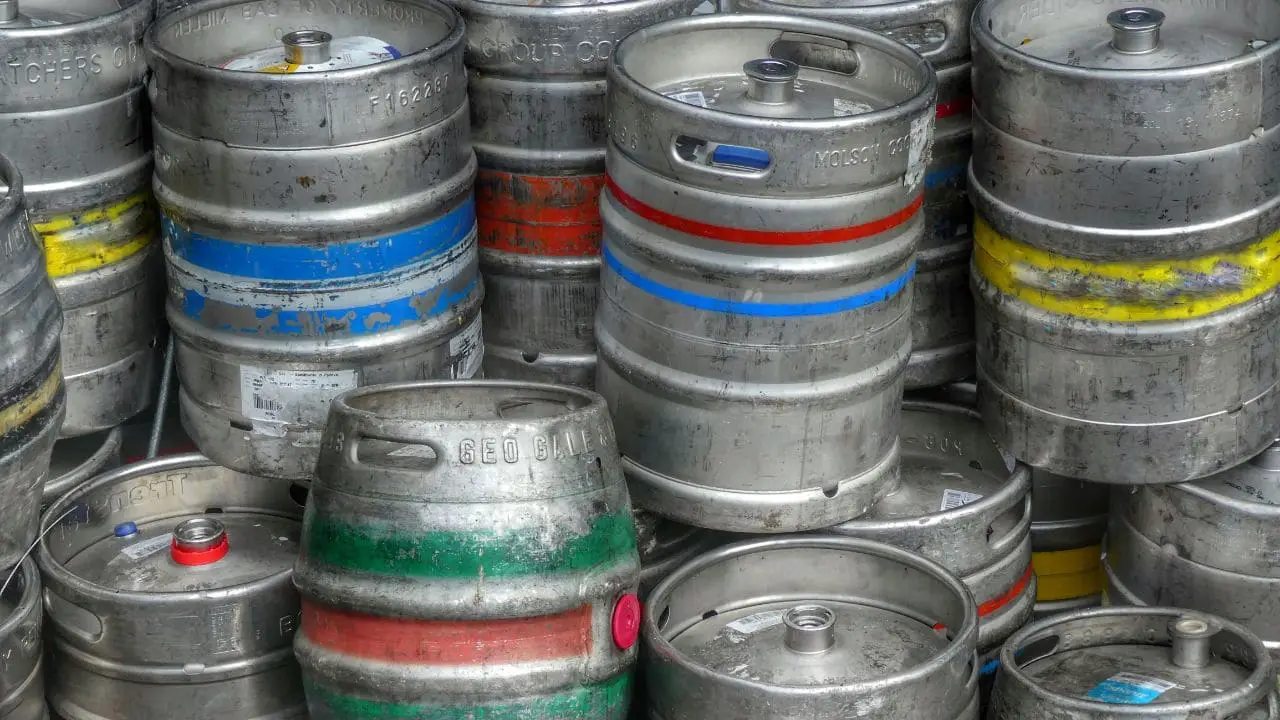
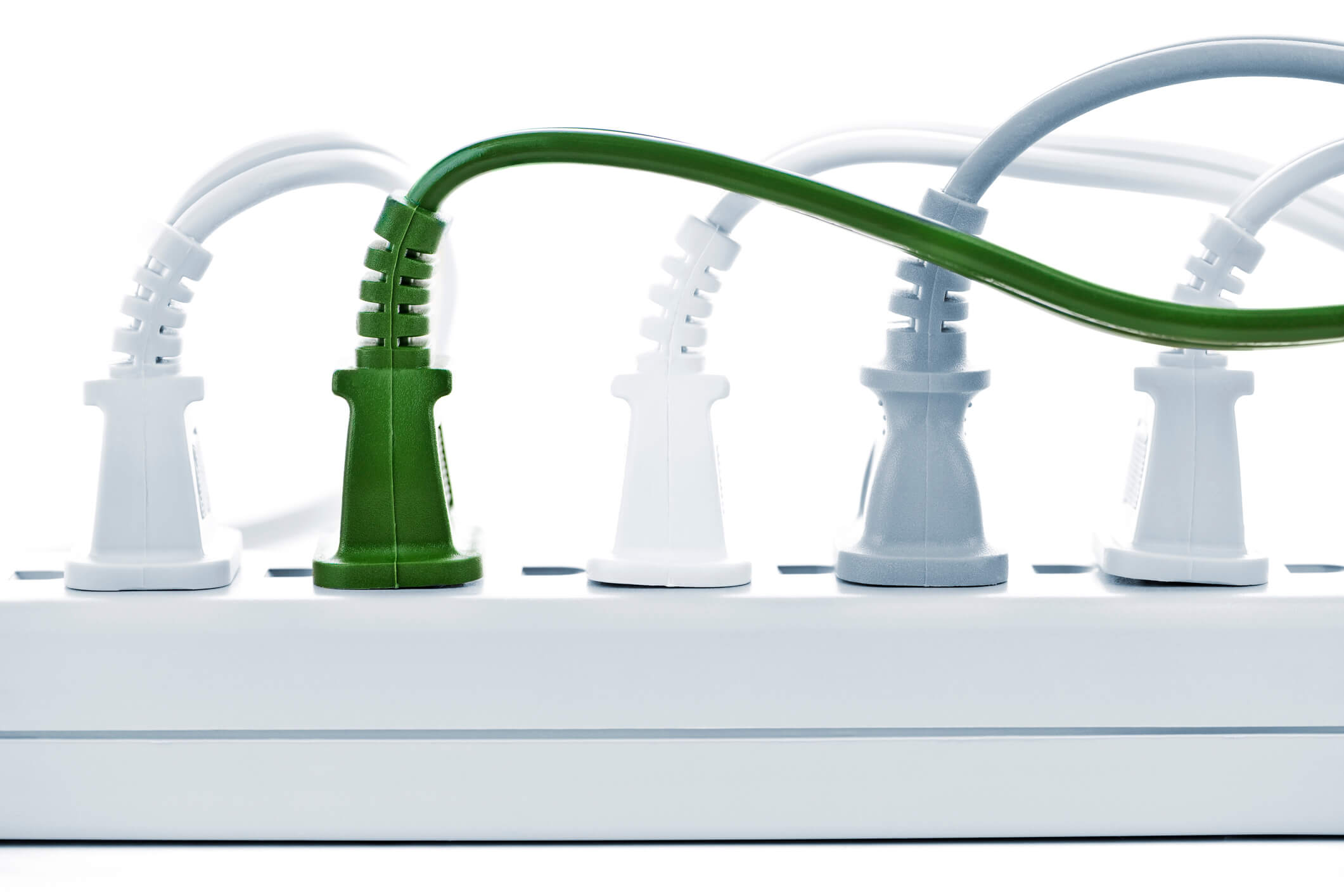
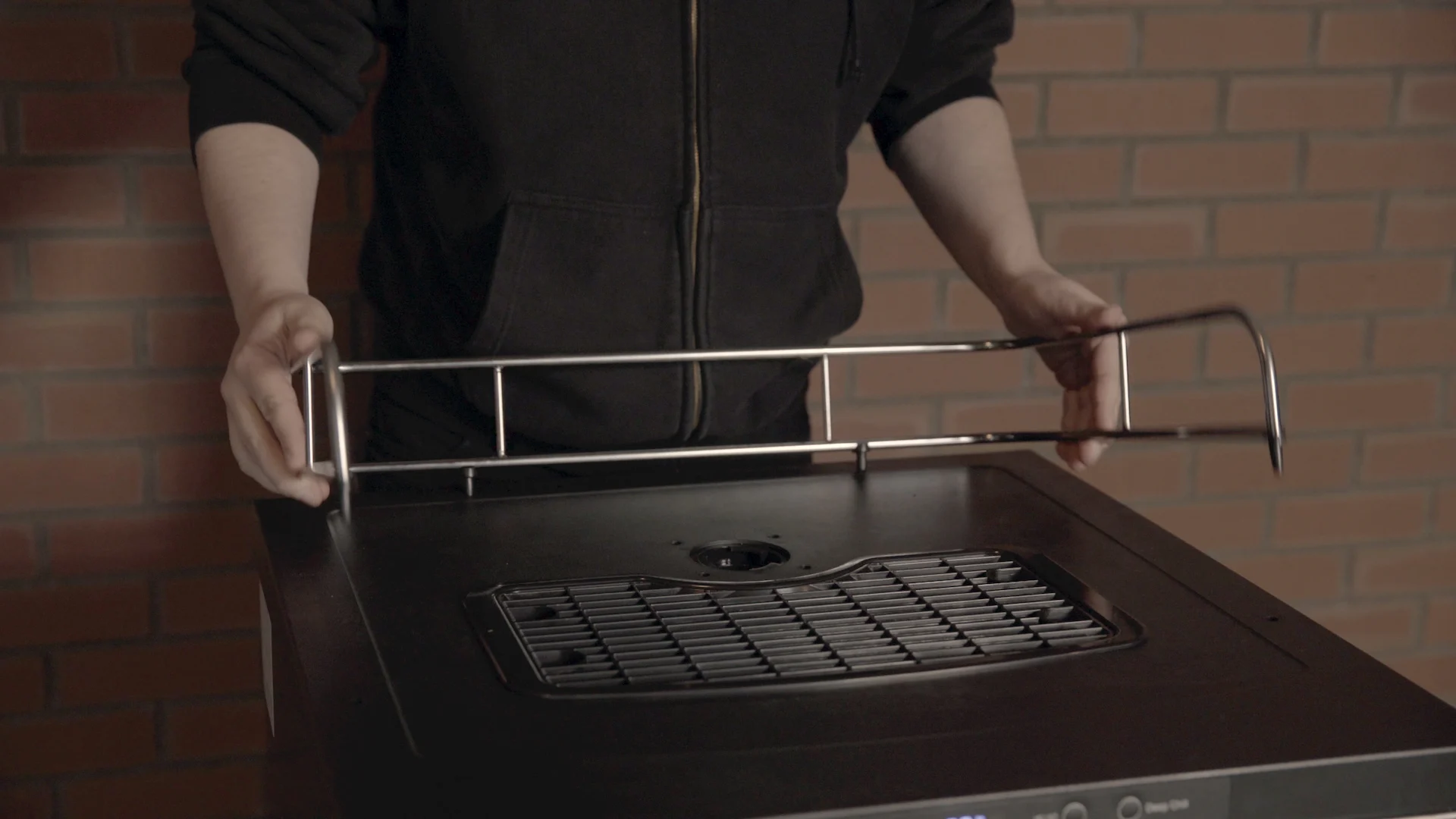
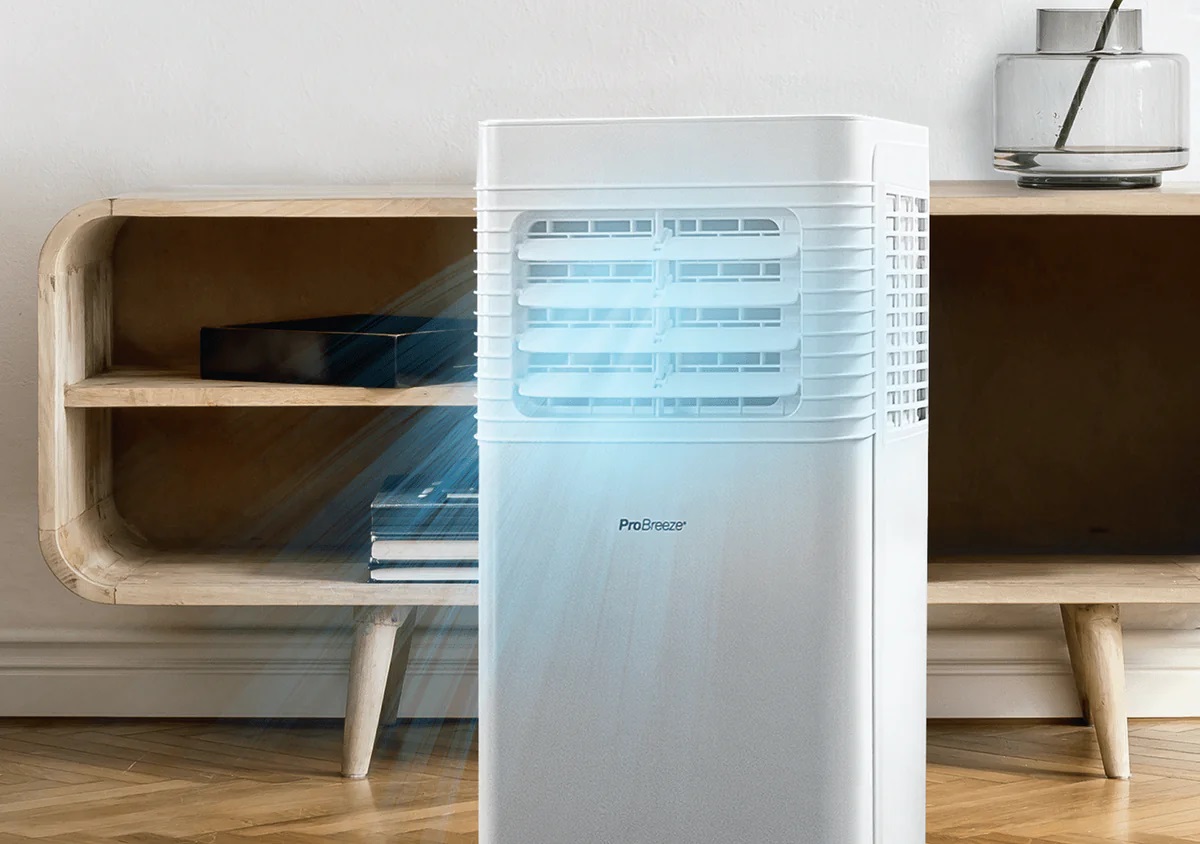
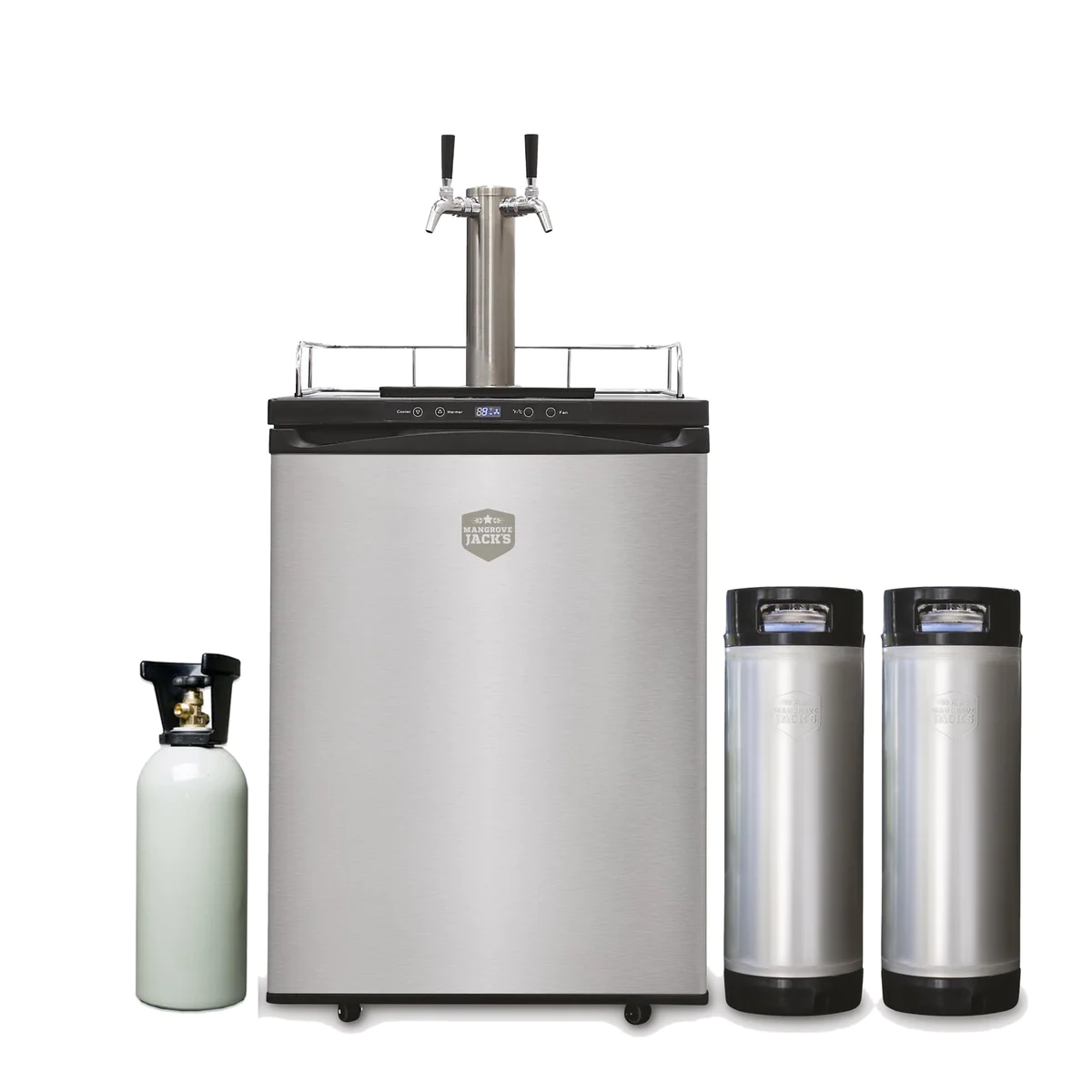
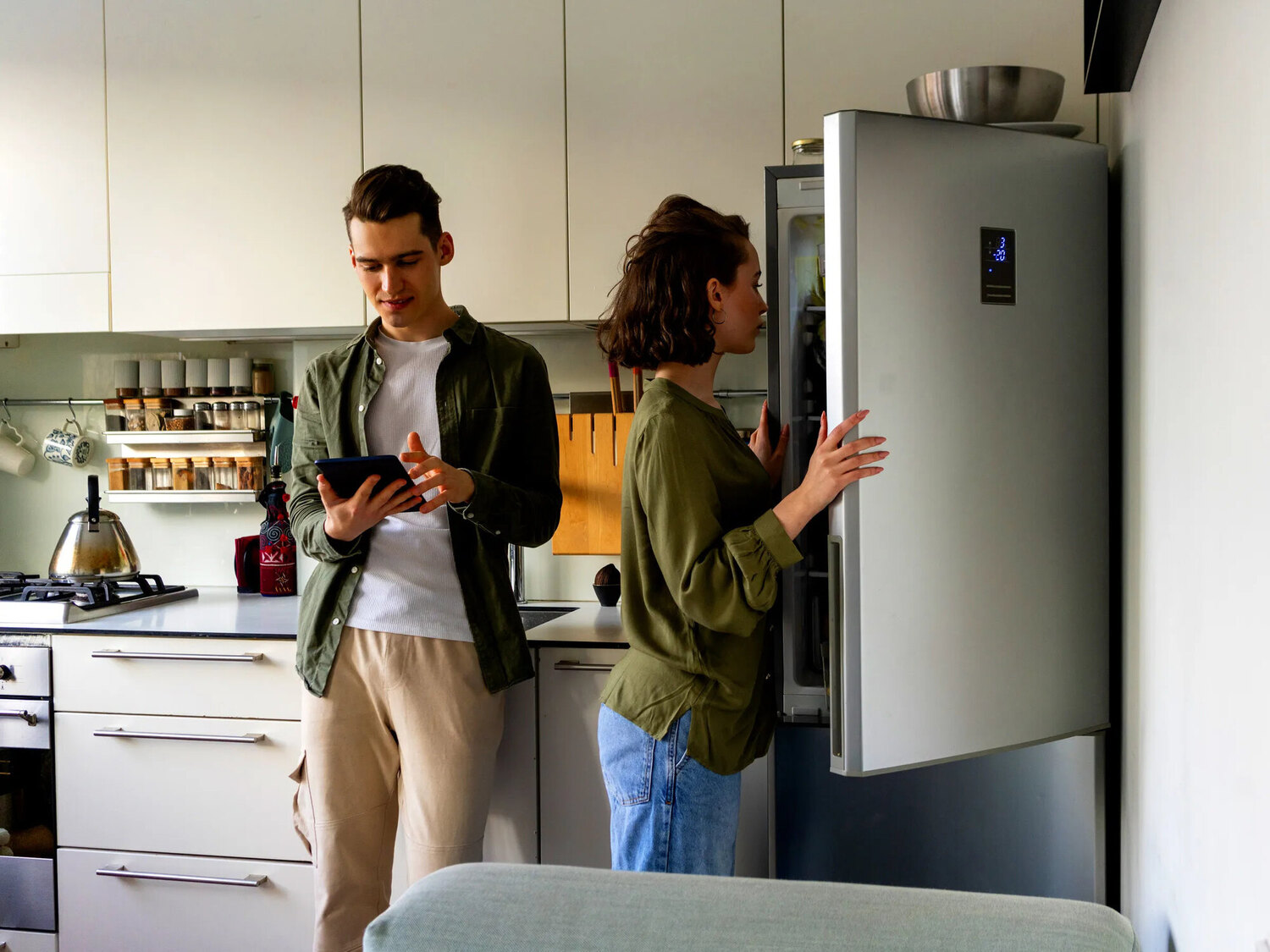
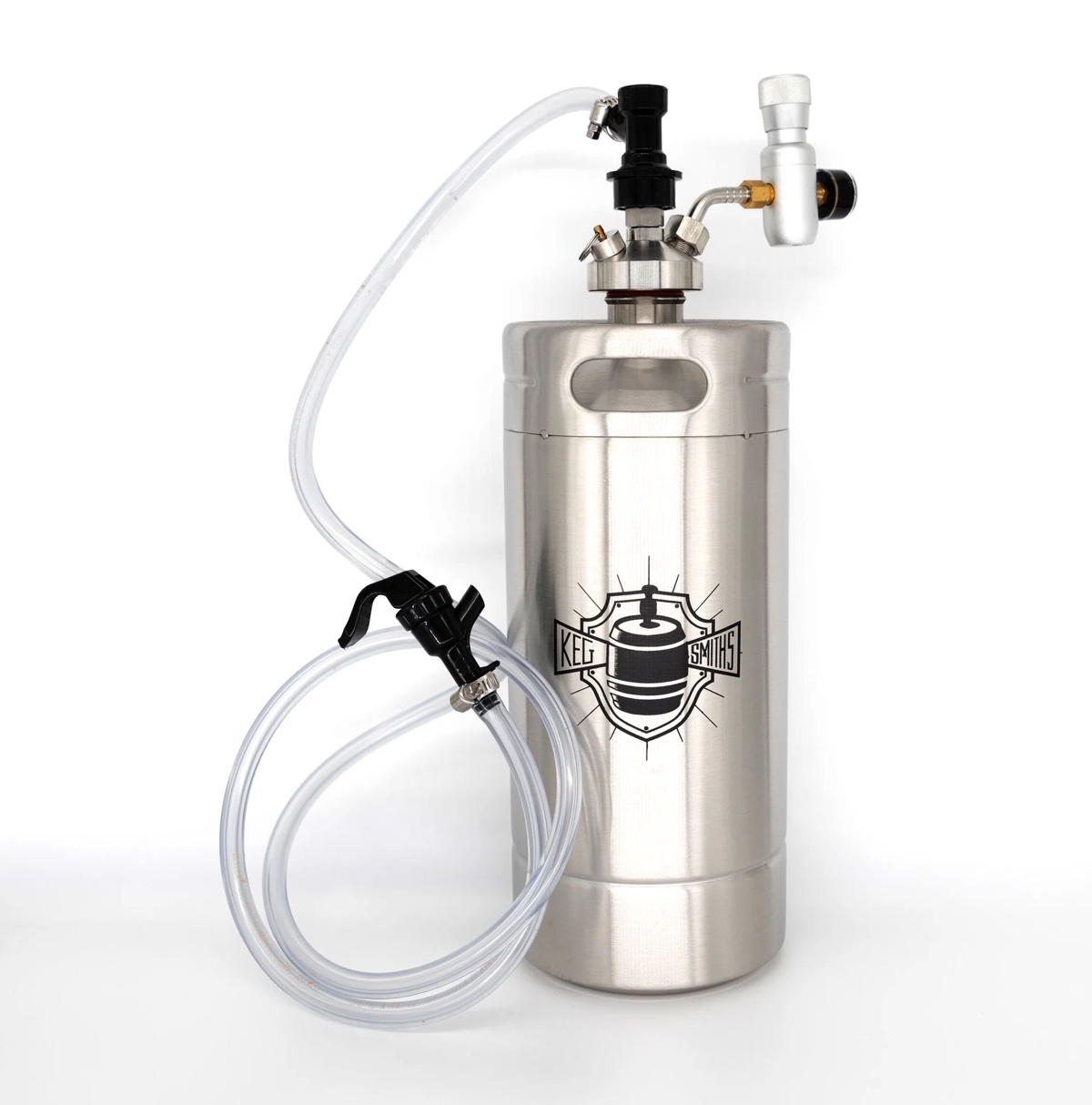
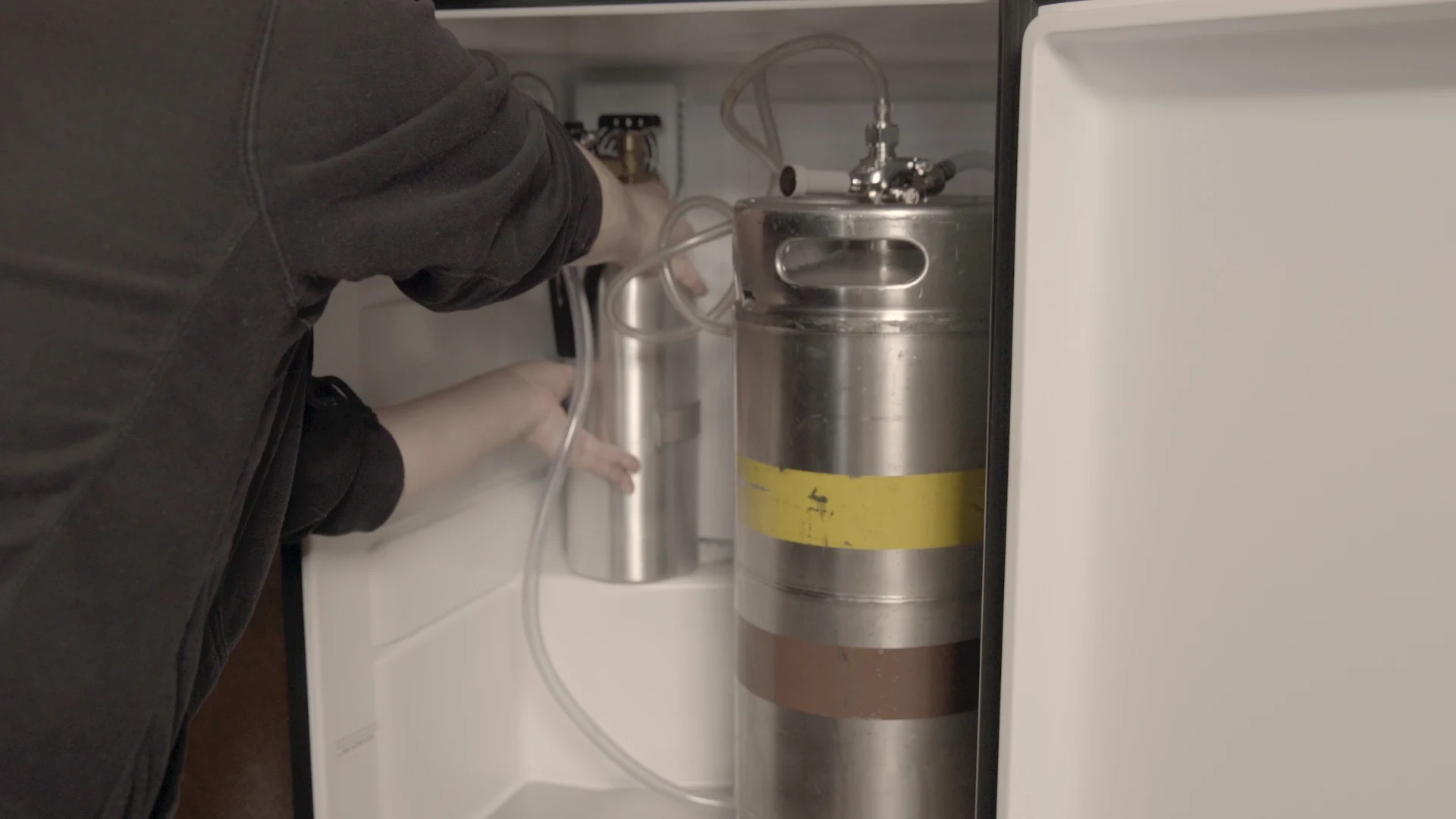
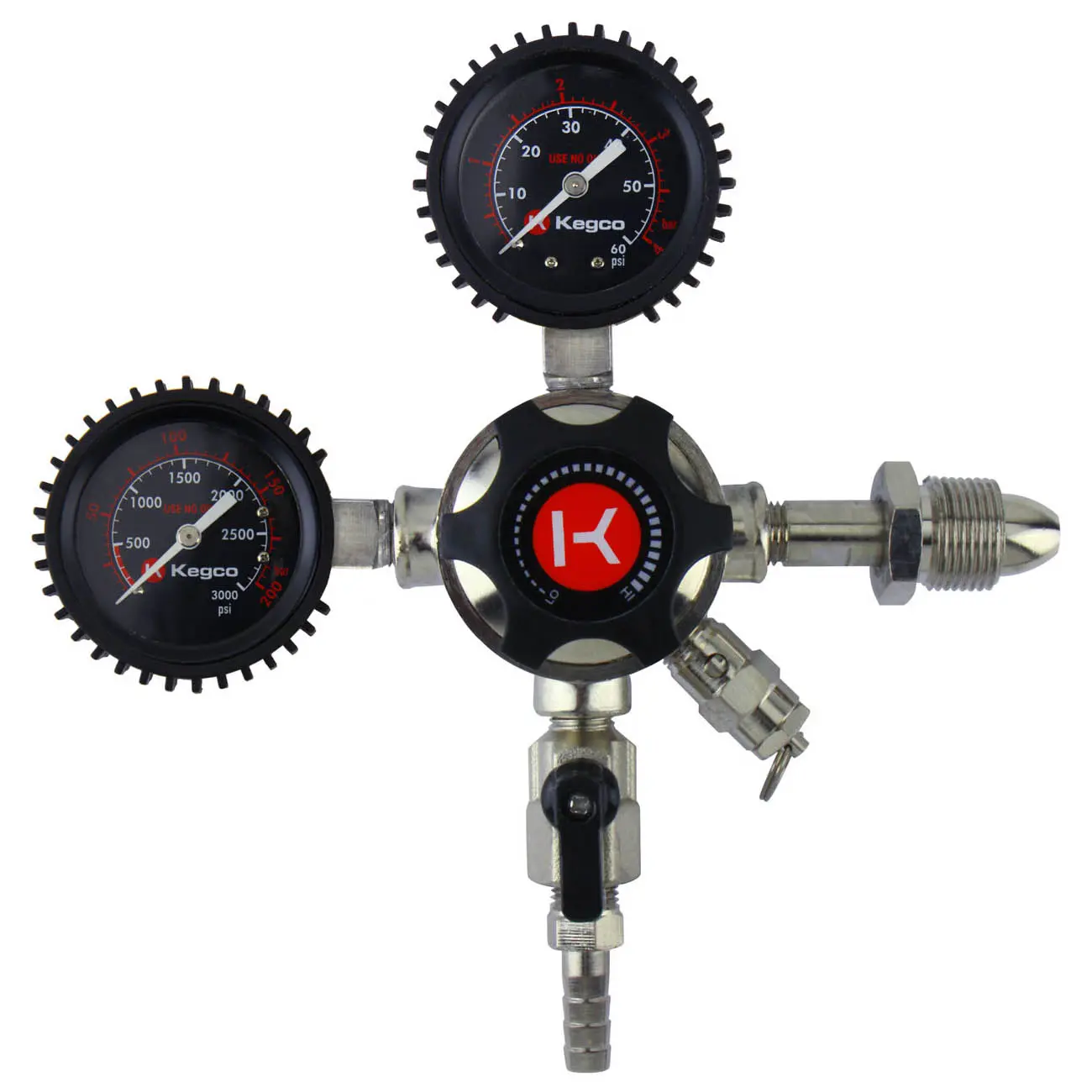

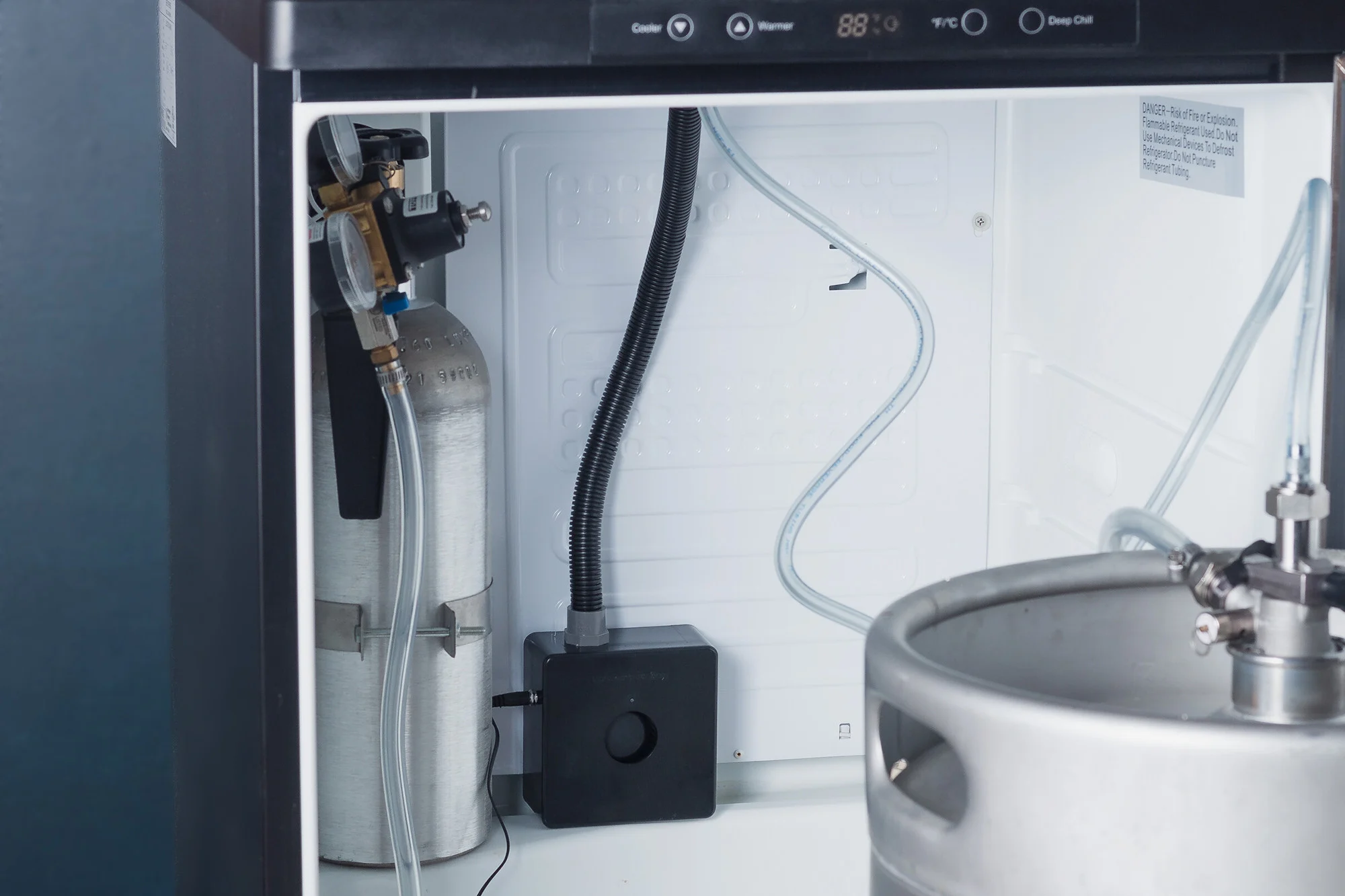

0 thoughts on “How Much Power Does A Kegerator Use”